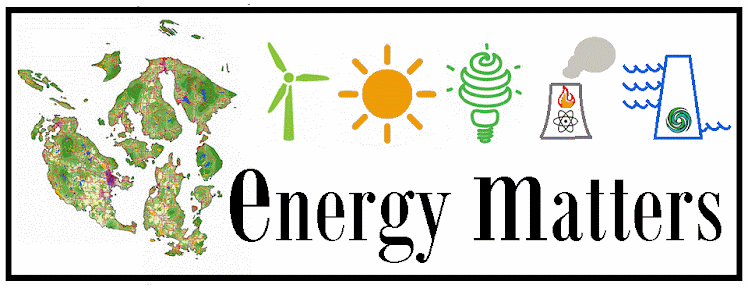The image of orcas and other marine life
suffocating from a sticky coat of tar sands oil will be devastating not just
for our souls, but probably for our economy and ecosystem as well. I hope that
day will never come. But if the fossil fuel industry has its way, the risk of
major oil spills will grow significantly as plans are underway to make the
Salish Sea a major tanker highway for exporting coal and tar sands oil to Asia.
| Tar sands "oil" is actually thick sticky "bitumen". Bitumen needs to be mixed with volatile diluents to be able to pump and move in crude oil pipelines. |
In the same month, SSA Marine, a division of the world's largest cargo terminal operator Carrix, also filed an application to build North America's largest coal export at Cherry Point[2].
The oil tankers from Vancouver would skirt Waldron, Stuart and San Juan islands on the west while the coal shipping vessels would come down the Rosario Strait east of Orcas and Lopez, before heading out to the Pacific Ocean.
These two projects alone will add approximately 1,700 more large vessel trips each year[3], averaging about one every five hours.
It's simple math: the more traffic you have, the higher the likelihood of an incident. One engine failure, bad storm or imperfect maneuver between the reefs, rocks and other ships could mean devastation to the people and marine life that rely on the special ecosystems along these coasts, warned Lovel Pratt, a SJ County Council representative, as quoted in Huffington Post.[4] "When the Gulf spill happened, we had days before any of the oil came to any shore. Here, we would have hours. And we're dealing with the unique challenges of our ecology and geography that includes so much coastline and sensitive ecosystems," said Pratt in the news article. The bulk coal carriers each carry upwards of 10,000 tons of bunker oil, one of the most toxic fuels. But the worst is tar sands oil.
Unlike conventional crude tar sands oil is a mixture of sticky tar and a cocktail of toxic solvents that allow the thick bitumen to be pumped through a pipeline. In the event of a tar sands oil spill, the solvents evaporate into the surrounding air hindering the rescue efforts, and the heavier bitumen sinks -- rendering useless the conventional clean-up equipment designed to recover floating oil, as seen in the recent experience of the million-plus gallons of spilled tar sands chemicals in Michigan's Kalamazoo River. Twenty months after the spill the expensive recovery efforts continued, and 30 miles of the contaminated River remained closed to swimming, boating, fishing or even wading for the foreseeable future.[5]
If a Suezmax-class tanker, each carrying Alberta diluted bitumen 50 times the Kalamazoo spill amount, were to leak or spill in SJ waters, it is unclear if we have the technology, let alone the capacity, to handle such an incident.
The issue is further complicated by the fact that the Salish Sea straddles the U.S.-Canada border. If the ships are coming out of Canada and don't stop in a U.S. port, then Washington State has no jurisdiction. SJ residents will bear the risks but have to rely on the Canadian government for setting standards and prevention.[6]Meanwhile, the Canadian government recently decided to remove oil spill staff from Vancouver at the same time that the plan to increase tanker traffic in the area was announced.[7]
As for the WA side, the Department of Ecology estimated that a major (conventional) oil spill would cost 165,000 jobs and $10.8 billion dollars in direct economic impacts and could even wipe out the resident orca population, blanket productive fish spawning beaches with crude, and circulate aging oil throughout the Sound for years to come.[8]
So what can be done or where we can learn
more about these developments?
For the coal-related projects, go to www.powerpastcoal.org,
www.re-sources.org
and www.coaltrainfacts.org.
For the tar sands/tanker-related issues,
check out wildernesscommittee.org/tankers,
http://www.re-sources.org/programs/baykeeper/oil,
and the footnotes.
Let’s get involved. Please sign petitions, talk to your neighbors and call relevant government agencies.
[7]
http://www.vancouversun.com/news/Environment+minister+questions+timing+federal+cuts+spill+staff/6494593/story.html

No comments:
Post a Comment